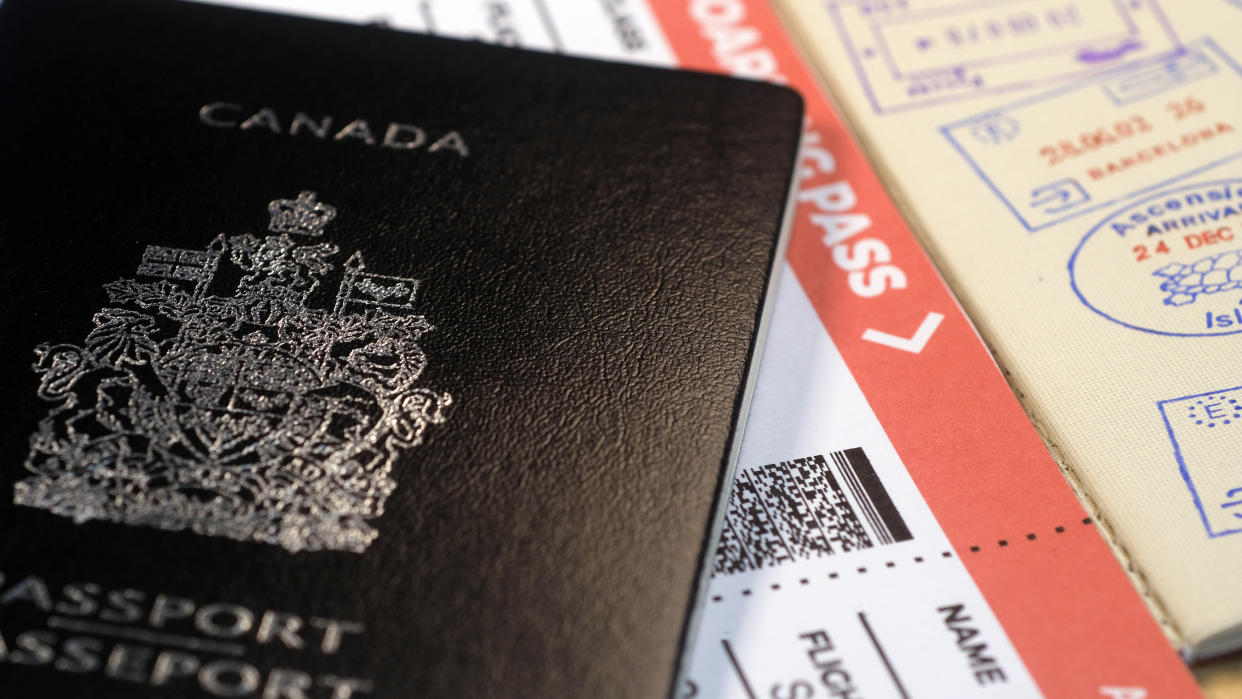What Canadians need to know about new European travel restrictions

If you’re longing to spend some time relaxing in the south of France or ski the alps in a winter getaway, it looks like that may be a bit more difficult in the coming years.
The European Union has now announced the European Travel Information and Authorization System (ETIAS) that will take effect in January 2021.
What is it?
The ETIAS is an electronic system that keeps track of visitors from countries that do not need a visa to enter the Schengen zone. This area represents 26 European countries that have agreed upon common entry and exit requirements.
Right now, Canadians do not need a visa to travel to Europe for up to 90 days. But in two years travellers from over 60 countries, including Canada and the U.S., will have to obtain this ETIAS security clearance before visiting countries in the Schengen area.
“By implementing ETIAS, the EU Commission intends to improve the security of the Schengen area primarily requiring these visa-free travellers to obtain travel authorisation and undergo various security checks prior to their arrival to the EU,” the ETIAS website states.
“The ETIAS would ensure possible security threats are identified and dealt with outside EU borders and ensures citizens remain safe from such threats inside the EU.”
What countries do I need ETIAS clearance to travel to?
The ETIAS security clearance is needed to travel to the following countries:
Austria, Belgium, the Czech Republic, Denmark, Estonia, Finland, France, Germany, Greece, Hungary, Iceland, Italy, Latvia, Liechtenstein, Lithuania, Luxembourg, Malta, the Netherlands, Norway, Poland, Portugal, Slovakia, Slovenia, Spain, Sweden and Switzerland
The U.K. and Russia are not included in the ETIAS system as Canadian citizens require a visa to travel to Russia. Throughout Brexit procedures, the EU has said that as of 2021, British travellers will have to pay for the ETIAS process to travel into the area.
How do I apply?
The process for starts with an online application and a 7 euro payment for those over the age of 18 (free for individuals who are younger).
The information that will be gathered in the application includes travel documentation, questions about any previous criminal records and travel history.
In approximately 10 minutes, each person should be able to fill out the application and receive a decision on their ETIAS approval.
Once you received a response of valid travel authorization, you will not need to repeat this process for three years or until your passport expires, whichever comes first.
How does it work in practice?
You will need to indicate the first EU country you plan to enter first when completing the online application. Travellers will only be allowed to enter the Schengen area through that country when they first travel to the EU under the ETIAS system.
After you enter through the country listed on your application, you can travel to any country in the Schengen zone for 90 days in a 180 days period.
ETIAS approval will be checked when traveling to the EU by air, land and sea.
What happens if my application is denied?
If your ETIAS clearance is denied, the EU says you will receive information on why your application was not approved, including the country that has flagged your request.
Travellers do have the ability to appeal the decision with the national authority that denied the application.
What do you think of this new travel authorization system? Vote in the poll above and leave your thoughts in the comments below.

